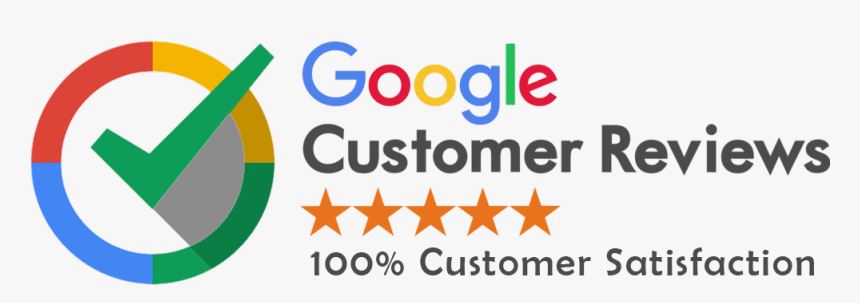Dubai has become one of the leading business centers in the world. With the rise of digital transformation, having a professional website is no longer a luxury—it’s a necessity. But one important question many businesses ask is: how much does a website cost in Dubai?

Understanding Website Pricing in Dubai
Prices vary depending on the type, size, and complexity of the website. Here’s a general cost overview:
| Website Type | Estimated Cost (AED) |
|---|---|
| Basic Website | 5,000 – 15,000 |
| Business Website | 15,000 – 30,000 |
| E-commerce Website | 25,000 – 50,000+ |
| Custom Web Portal | 50,000 – 150,000+ |
These prices are based on market experience and typical agency quotes in Dubai.
What Factors Determine Website Costs?
Type and Business Goal
Each business has different needs. A portfolio website for a photographer is not the same as an online store with 500 products.
- Portfolio or personal website: Simple design, few pages
- Corporate site: Multiple service pages, team, blog
- E-commerce site: Product catalog, payment gateway, inventory
- Custom portal: Real estate listings, property filters, dynamic search
Website Design and Visual Appeal
A great design builds brand trust. Options include:
- Template-based design: Fast and budget-friendly
- Custom UI/UX design: Tailored to business branding
Websites with motion graphics, product illustrations, and branding visuals increase both cost and user engagement.
Number of Pages and Content
The more pages you need, the more time developers and designers will spend.
- Basic websites: 5–10 pages (home, about, services, contact)
- Business sites: 10–20+ pages (multiple services, blogs, FAQs)
- E-commerce: 50–500+ product pages
Website Features and Functionality
Advanced features improve user experience but raise development time and cost:
- Contact forms and booking systems
- Payment gateway and cart management
- CRM and ERP integration
- Live chat and WhatsApp support
- Multi-language support (e.g., English + Arabic)
CMS or Custom Development
Website costs also depend on the platform used:
- WordPress: Ideal for blogs and business websites
- Shopify: Best for e-commerce startups
- Magento: Powerful for large stores
- Custom PHP/Laravel/ASP.net: Used for high-performance web apps
Choosing the right technology is essential for future scaling and security.
Mobile Optimization and Responsiveness
With over 70% of UAE users browsing on mobile, responsive design is a must. Google also favors mobile-optimized websites.
- Included in all modern websites
- Impacts both SEO and user retention
Hosting, Domain, and SSL
These technical elements are part of the setup but are often charged separately:
| Item | Average Cost (AED/year) |
| .ae Domain | 120 – 300 |
| Hosting Plan | 300 – 3,000 |
| SSL Certificate | 250 – 500 |
Security Setup
Especially for payment-based websites, data security is critical:
- HTTPS/SSL implementation
- Secure admin panels
- Spam protection and login security
- Daily backups and malware monitoring
Websites with higher traffic and payment processing must invest more in these measures.
SEO Essentials
A website without SEO is like a shop without signage. SEO improves visibility and brings in organic traffic.
- Keyword optimization
- Meta tags and descriptions
- Mobile speed and Core Web Vitals
- Sitemap, schema markup
Agencies in Dubai often charge separately for in-depth SEO work.
Website Maintenance & Support
Just like a car, your website needs regular care:
| Support Type | Average Monthly Cost (AED) |
| Basic updates | 300 – 500 |
| Full support (content + tech) | 1,000 – 2,000 |
Always ask if the agency offers AMC (Annual Maintenance Contract).
Agency vs Freelancer – Which is Right for You?
| Option | Benefits | Challenges |
| Freelancer | Lower upfront cost, direct contact | Limited support, risky delays |
| Agency | Full team (design, dev, SEO, QA) | Higher cost, formal process |
If your business needs long-term support and accountability, a reputable Dubai web agency is the better option.
Packages Comparison Table
| Feature | Basic Website | Business Website | E-commerce Website |
| Pages | Up to 5 | 10–15 | 20+ |
| Design | Template | Custom | Premium UX |
| CMS | WordPress | WordPress | Shopify / Magento |
| Mobile Responsive | Yes | Yes | Yes |
| SEO Setup | Basic | Advanced | Full On-Page SEO |
| Contact Forms | 1 | Multiple | Live Chat |
| Payment Gateway | No | No | Yes |
| Cost Range (AED) | 5K – 15K | 15K – 30K | 30K – 50K+ |
Real Case Studies from UAE Market
Bakery Business Website
- WordPress, 5 pages
- Mobile optimized, map integration
- Cost: AED 8,000
Law Firm Website
- Custom design, English/Arabic
- Blog, attorney profiles, SEO
- Cost: AED 22,000
Fashion eCommerce Store
- Shopify, 100+ products
- Inventory, shipping, coupon codes
- Cost: AED 42,000
Real Estate Portal
- Custom PHP with map & filters
- Agent panel, lead forms
- Cost: AED 90,000+
These examples are based on real projects executed by professional developers in Dubai.
Additional Services You May Need
| Service | Price Range (AED) |
| Logo Design | 500 – 2,000 |
| Social Media Setup | 1,000 – 3,000 |
| Photography | 2,000 – 6,000 |
| Google Ads Setup | 1,000 – 4,000 |
| Arabic Translation | 500 – 2,000 |
These optional services add more value to your web presence.
Frequently Asked Questions
How long does it take to build a website?
2 to 4 weeks for basic sites; 6 to 12 weeks for e-commerce and portals.
Can I manage my website content later?
Yes, if built on a CMS like WordPress or Shopify.
What is not included in the development fee?
Domain, hosting, SSL, paid plugins, and third-party software are usually billed separately.
Can I update or redesign in the future?
Yes. Choose a scalable platform and ask the agency about future redesign options.
Is SEO included by default?
Basic SEO may be included. Full SEO (like backlinking, blog writing) requires a separate package.
Final Thoughts: What Should You Do?
The cost of a website in Dubai depends on your business goals, industry needs, and digital expectations. Don’t just focus on the lowest price—invest in a website that builds trust, delivers value, and is built to grow.
Working with a credible Dubai-based web development company ensures:
- Local market experience
- Legal compliance (hosting, data security)
- Reliable communication and support
If you want a well-performing, secure, and future-ready website, now is the time to act. A professionally built website is not an expense—it’s an investment in business success.
Looking for expert consultation? RedSpider can help you estimate the right cost and build your website exactly the way your customers expect.


